Have you heard this? The hair of double coated dog breeds doesn’t grow back properly after being shaved.
Right now you’re either in one of two camps. Either you’re nodding because your breeder has already warned you, or you’re thinking, “how ridiculous!”
The truth is that this is a myth, and a dangerous one. I have spent 25 years watching dogs’ coats be shaved and regrow in regular cycles and instead of harm, only seeing good in our climate. Yet many owners of breeds with thick hair are too scared to ever touch their dog’s coat.
I don’t blame them; it’s the myth that needs tackling. So in a minute I’m going to give you the proof you need to give your dog a haircut. But why would we want to clip a dog’s coat anyway?
Ever had that moment of panic when your pup comes back from the groomer looking like a completely different dog? Or maybe your furry friend needed surgery and now has a bald patch? I totally get it! As a dog owner myself, I’ve definitely worried about whether my dog’s beautiful coat would ever return to its former glory.
The good news? Yes, your dog’s hair will grow back in most cases! But there’s more to the story than just a simple yes or no answer.
In this article, we’ll dive into everything you need to know about dog hair regrowth – from how long it takes to grow back to what might be causing problems if it doesn’t I’ll even share some tips to help speed up the process!
How Long Does It Take for Dog Hair to Grow Back?
One of the most common questions dog owners ask is “How long will it take for my dog’s fur to grow back?” The answer varies depending on several factors
Typical Regrowth Timeframes
- Short-haired breeds: Usually 3-4 months
- Medium-haired breeds: Approximately 3-6 months
- Long-haired breeds: Can take 6-12 months or longer
- Double-coated breeds: Usually 3-4 months for undercoat, 6+ months for guard hairs
My neighbor’s Labrador had to be shaved for surgery last summer, and his coat looked almost back to normal after about 3 months. Meanwhile, my friend’s Shih Tzu took nearly 8 months to regrow her flowing locks after a severe matting incident required a full clip-down.
Factors Affecting Regrowth Speed
Several things can impact how quickly your dog’s hair grows back:
- Breed and coat type: Some breeds naturally grow hair faster than others
- Age: Younger dogs typically regrow hair faster than seniors
- Health status: Overall health significantly impacts hair growth
- Nutrition: Poor diet can slow down regrowth
- Season: Hair often grows faster in spring and summer
- Underlying conditions: Hormonal imbalances or skin issues can delay regrowth
The Truth About Shaving Double-Coated Dogs
There’s a persistent myth that double-coated breeds (like Huskies, German Shepherds, and Samoyeds) will never regrow their coat properly if shaved. Let’s clear this up once and for all!
The Myth vs. Reality
The myth: Double-coated dogs’ hair won’t grow back properly after being shaved, and their insulating coat helps keep them cool in summer.
The reality Double-coated breeds CAN regrow their fur after being shaved. As veterinarian Dr. Andrew Spanner explains he has “spent 25 years watching dogs’ coats be shaved and regrow in regular cycles” without issues. The coat does grow back, though it may take longer than single-coated breeds.
That said, there are legitimate reasons NOT to shave double-coated dogs:
- Their undercoat may grow back faster than the longer guard hairs, giving a temporarily uneven appearance
- Without guard hairs, they may be more susceptible to sunburn until fully regrown
- The texture might feel slightly different until the coat fully matures
But rest assured, with time and patience, your double-coated dog’s fur will return!
Why Isn’t My Dog’s Hair Growing Back?
If your dog’s hair seems slow to return or isn’t growing back at all, there might be some underlying issues to consider:
Common Reasons for Poor Regrowth
- Hormonal imbalances: Conditions like Cushing’s disease or hypothyroidism
- Skin infections: Bacterial or fungal infections can inhibit hair growth
- Allergies: Environmental or food allergies causing skin inflammation
- Parasites: Mites, fleas, or other parasites damaging hair follicles
- Poor nutrition: Inadequate diet lacking essential nutrients
- Scarring: Previous injuries or surgeries that damaged hair follicles
- Alopecia X: Also called “black skin disease,” affecting certain breeds
When my cousin’s Border Collie wasn’t regrowing fur after a hot spot treatment, a vet visit revealed a thyroid issue. Once treated, the hair finally started coming back!
How to Help Your Dog’s Hair Grow Back Faster
Want to speed up your pup’s hair regrowth? Here are some proven methods that can help:
Nutrition Boosters
| Nutrient | How It Helps | Food Sources ||----------|--------------|--------------|| Omega-3 fatty acids | Reduces inflammation, promotes healthy skin | Fish oil, salmon, flaxseed || Biotin | Strengthens hair and promotes growth | Eggs, liver, salmon || Vitamin E | Improves circulation to hair follicles | Sunflower seeds, almonds, spinach || Zinc | Essential for protein synthesis and cell growth | Beef, pumpkin seeds, lentils || Protein | Building block of hair | Meat, eggs, fish |Effective Care Techniques
- Regular brushing: Stimulates blood flow to the skin (2-3 times weekly)
- Gentle massage: Increases circulation to hair follicles
- Appropriate bathing: Use gentle, moisturizing dog shampoos (not too frequently)
- Flea prevention: Keep parasites at bay to avoid skin irritation
- Coconut oil: Apply small amounts to areas needing regrowth
- Aloe vera: Can soothe skin and potentially promote hair growth
- Stress reduction: Less stress = better overall health including coat condition
We’ve been using salmon oil supplements for my dog after he had a patch shaved for a hot spot, and I swear his fur is growing back faster and shinier than before!
When to See a Vet About Hair Loss or Slow Regrowth
While patience is important, there are situations where a veterinary visit is necessary:
- Hair hasn’t shown signs of regrowth after 3-4 weeks
- Redness, inflammation, or discoloration of the skin
- Your dog is excessively scratching, licking, or biting the area
- You notice an unusual odor from the skin
- The hairless area is spreading or new bald spots appear
- Your dog seems uncomfortable or in pain
- Your dog is showing other symptoms like lethargy or appetite changes
Our vet told us that sometimes what seems like slow hair regrowth can actually be a sign of something more serious, so it’s always better to check if you’re concerned!
Common Questions About Dog Hair Regrowth
Will shaving my dog for summer make them cooler?
This is a controversial topic! While shaving can help some dogs feel cooler in extreme heat, double-coated breeds actually benefit from their natural coat which provides insulation. If you’re considering a summer cut, talk to your vet about what’s best for your specific dog and climate.
Can I use human hair growth products on my dog?
NO! Human products can be toxic to dogs. Never use human Rogaine, hair vitamins, or growth serums on your pet without veterinary approval.
My dog’s hair is growing back a different color. Is this normal?
Yes! It’s actually quite common for hair to grow back slightly lighter or darker, especially after surgery or injury. This usually returns to normal with subsequent hair growth cycles.
How can I tell if my dog’s hair is growing back?
Look for small, fine hairs beginning to emerge from the skin. You might need to look very closely at first, as initial regrowth can be sparse and nearly transparent.
Final Thoughts: Patience is Key
While there are things you can do to support healthy hair regrowth, remember that the process takes time. Your dog’s glorious coat didn’t grow overnight in the first place!
Provide good nutrition, proper care, and regular vet check-ups, and in most cases, your furry friend will eventually return to their beautiful, fluffy self. And honestly, even if their coat ends up a bit different than before, they’re still the same lovable pup underneath!
Have you dealt with dog hair regrowth issues? I’d love to hear about your experiences in the comments below!

The Proof Of Hair Regrowth
There’s nothing like seeing it with your own eyes. So what I’ve done is to trawl through online folders, looking for the same dogs. As people post pictures over their dogs’ lives, you can see their coat come and go with the seasons.
In each case, the picture with hair is taken after the one with the haircut. If this doesn’t convince you that the coat grows back properly, click on the source links at the end and check out the dogs themselves.
These dogs look funny, don’t they? That’s often the hardest thing for an owner to accept. I repeat: these are the same dogs!!!
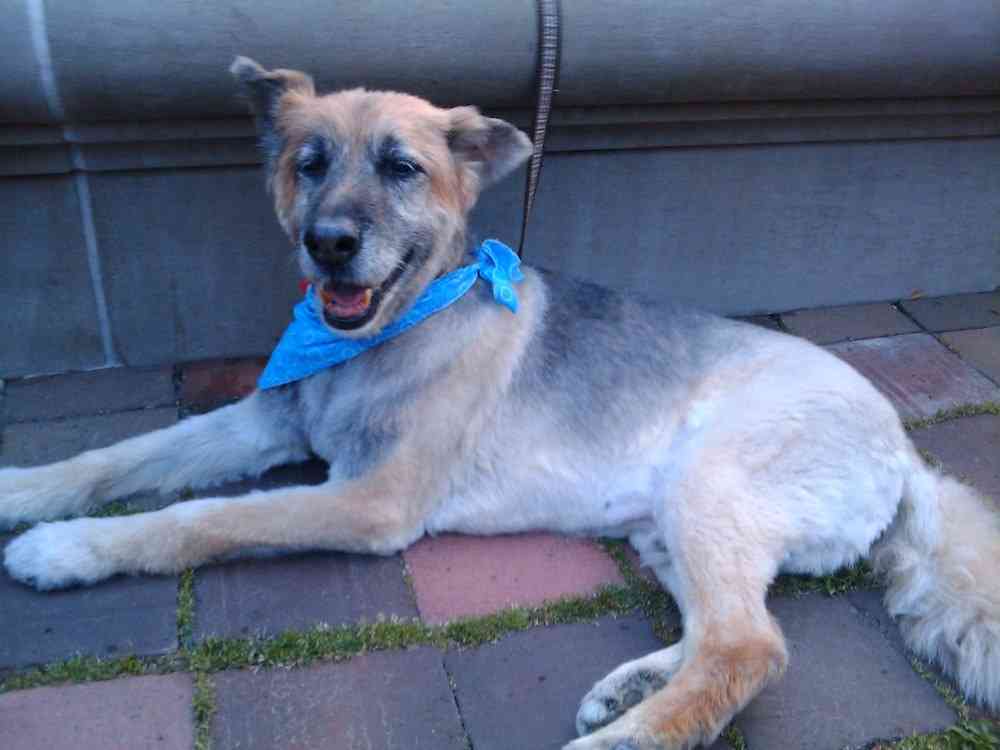 German Shepherd before
German Shepherd before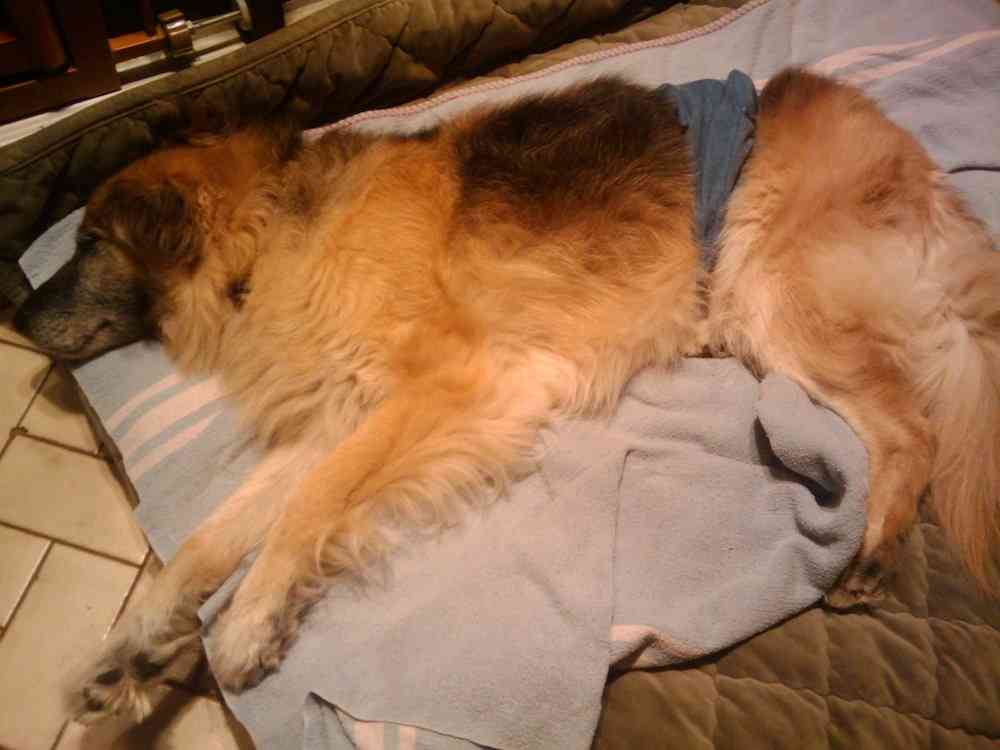 German Shepherd after
German Shepherd after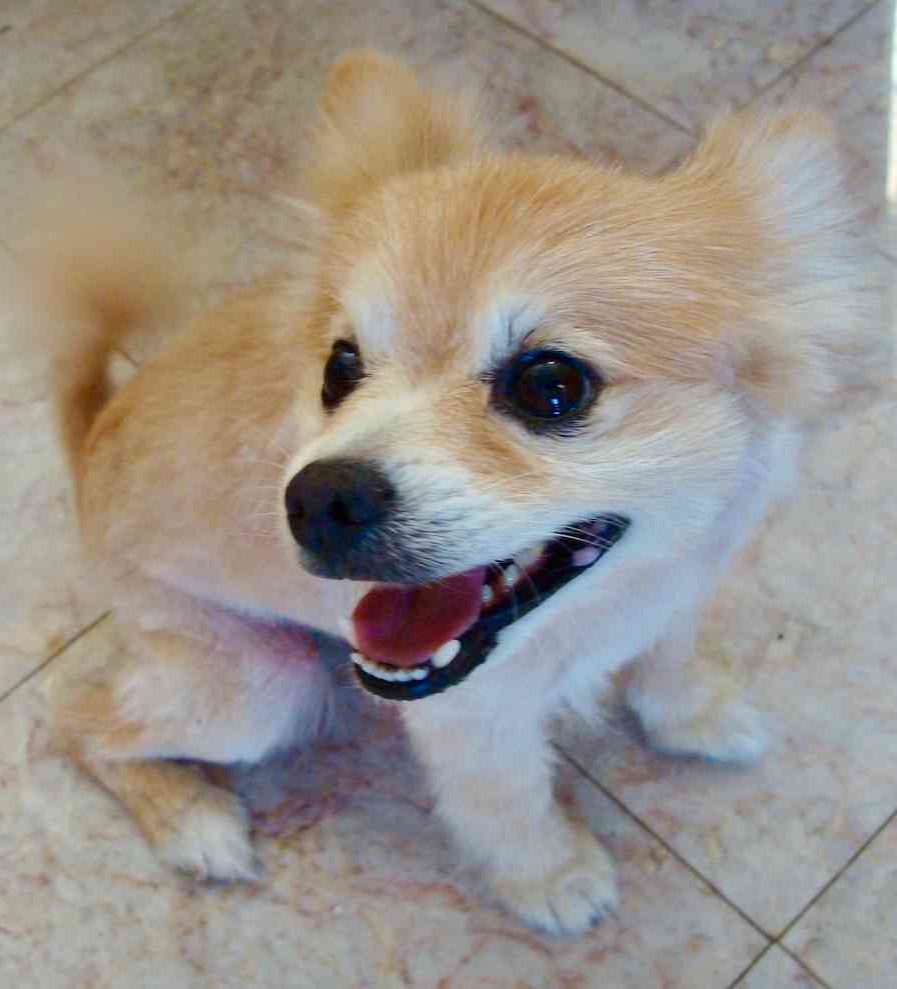 Pomeranian before
Pomeranian before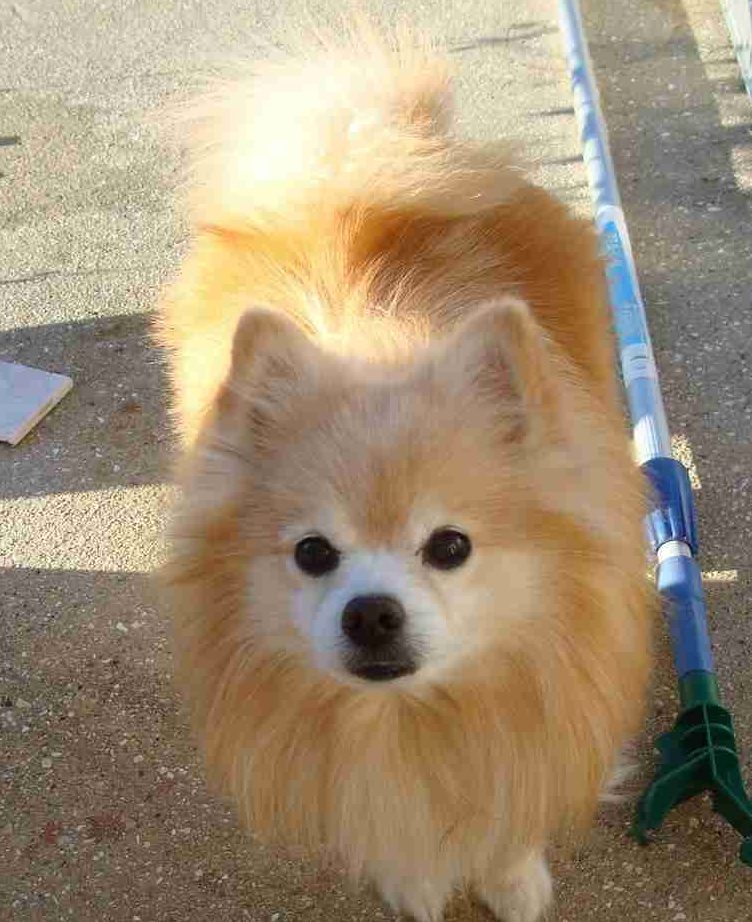 Pomeranian after
Pomeranian after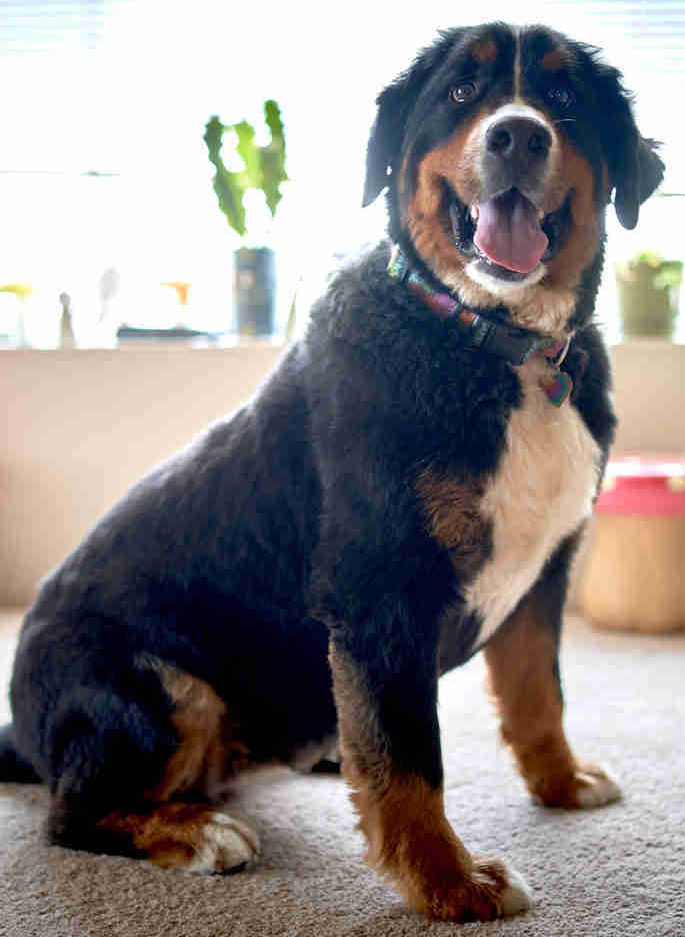 Bernese Mountain Dog before
Bernese Mountain Dog before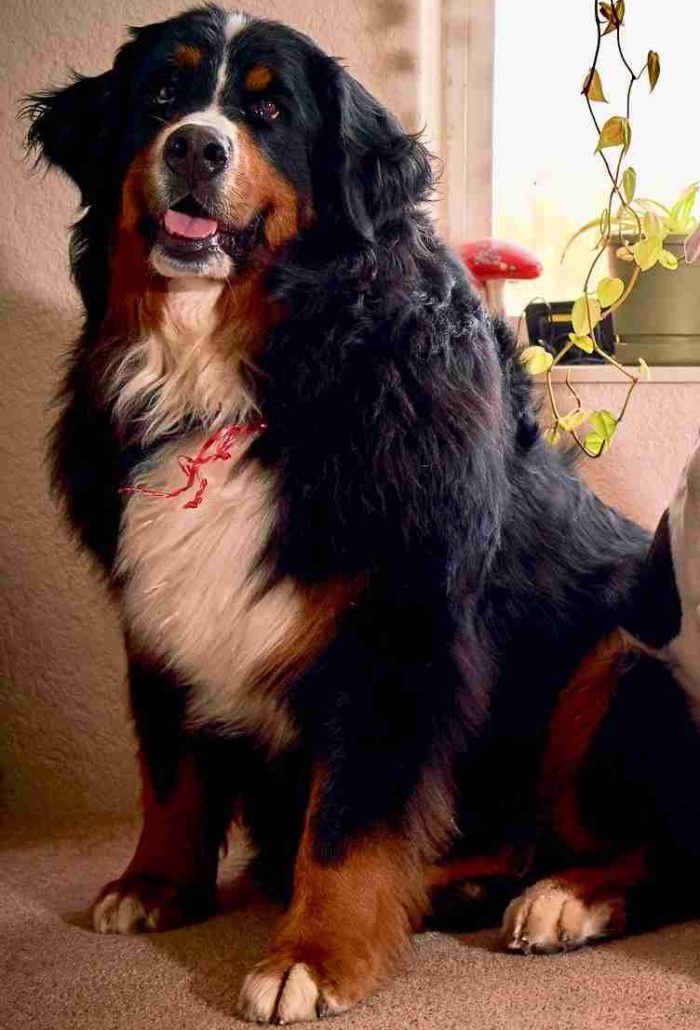 Bernese Mountain Dog after
Bernese Mountain Dog after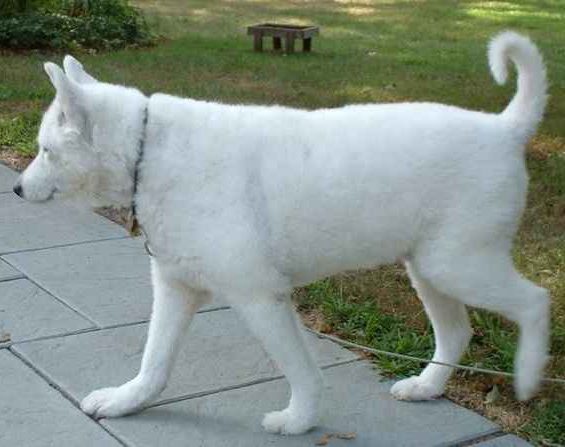 Samoyed before
Samoyed before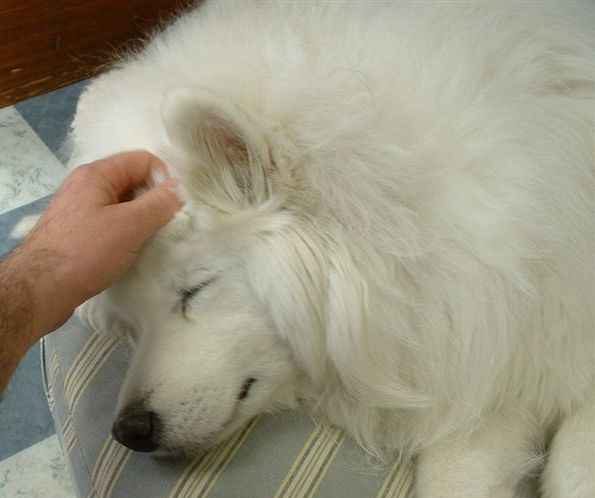 Samoyed after
Samoyed after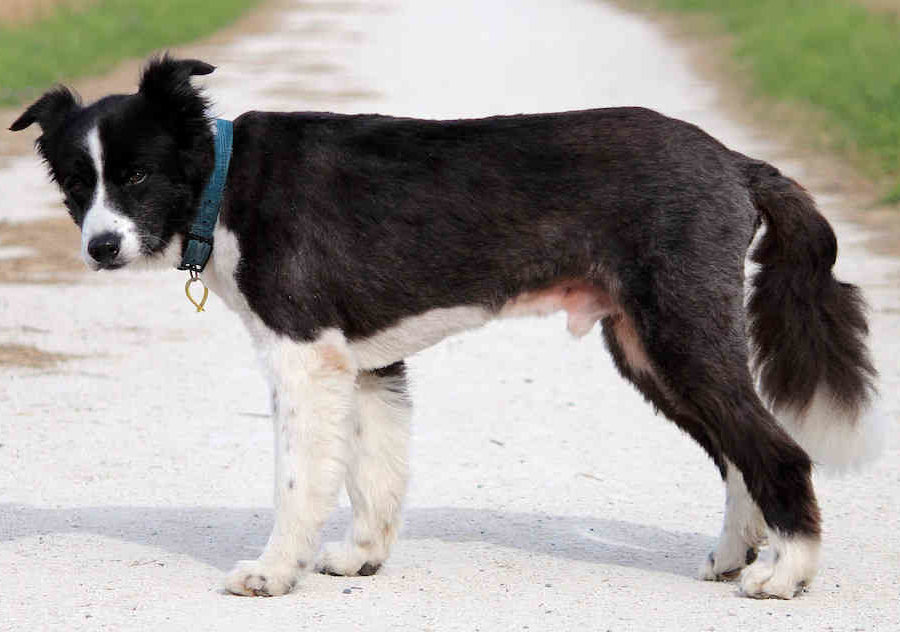 Border Collie before
Border Collie before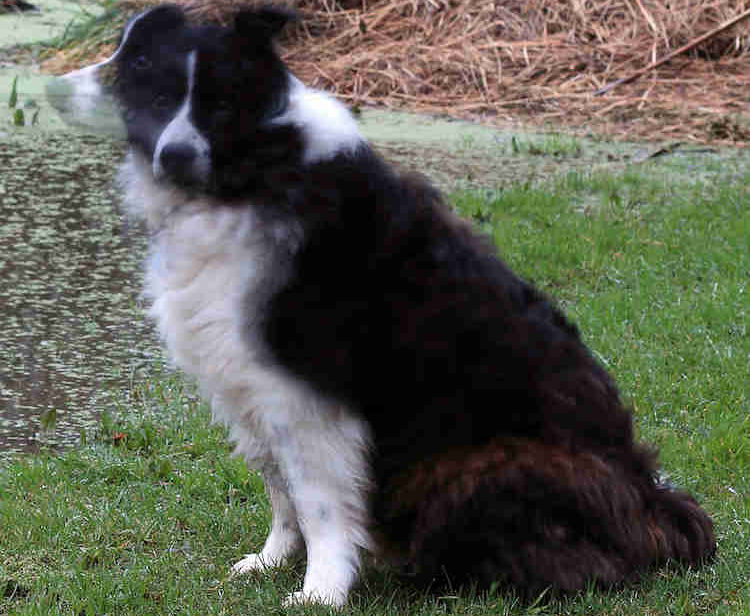 Border Collie after
Border Collie after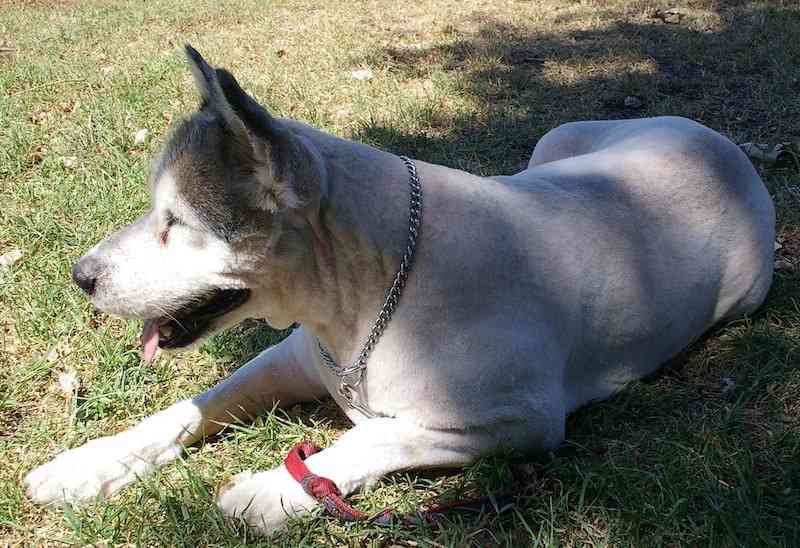 Malamute before
Malamute before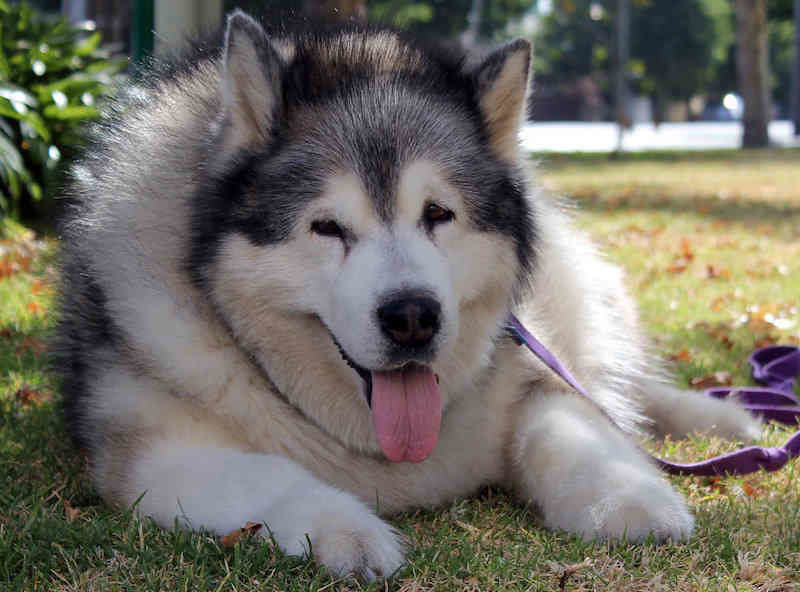 Malamute after
Malamute after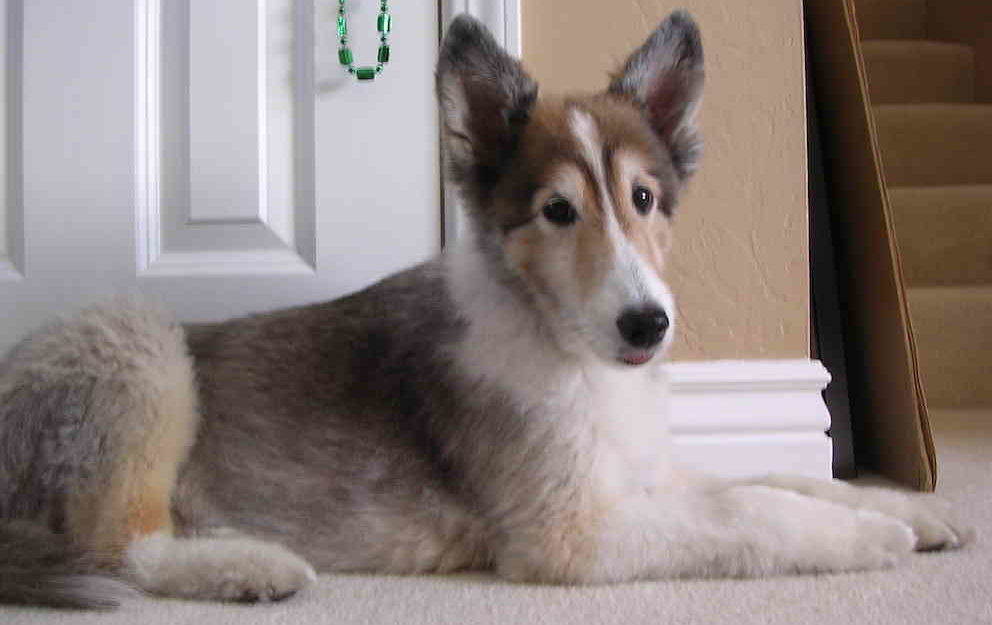 Collie before
Collie before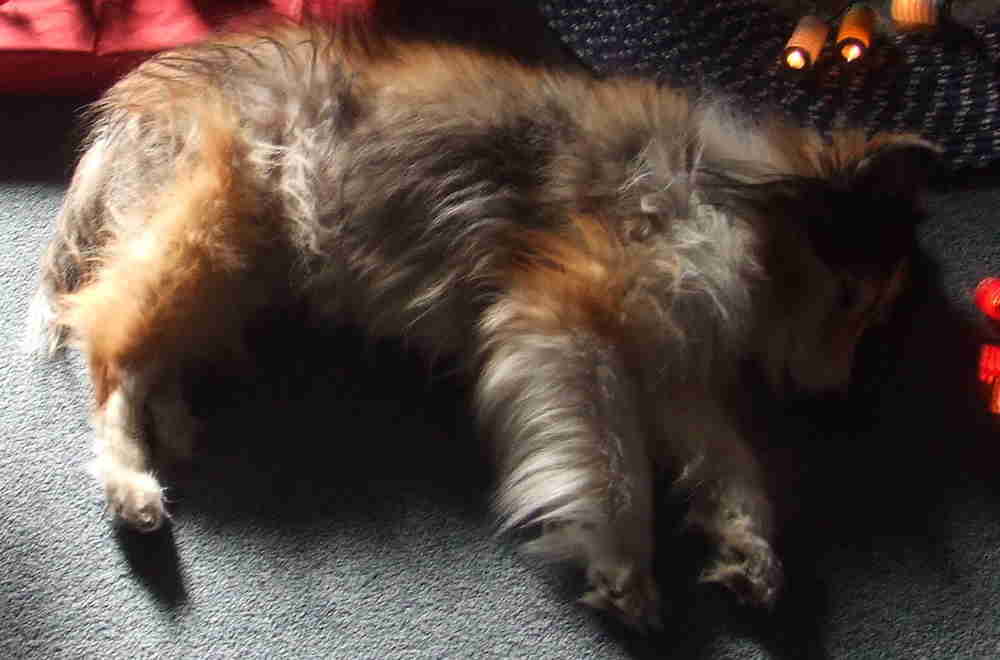 Collie after
Collie after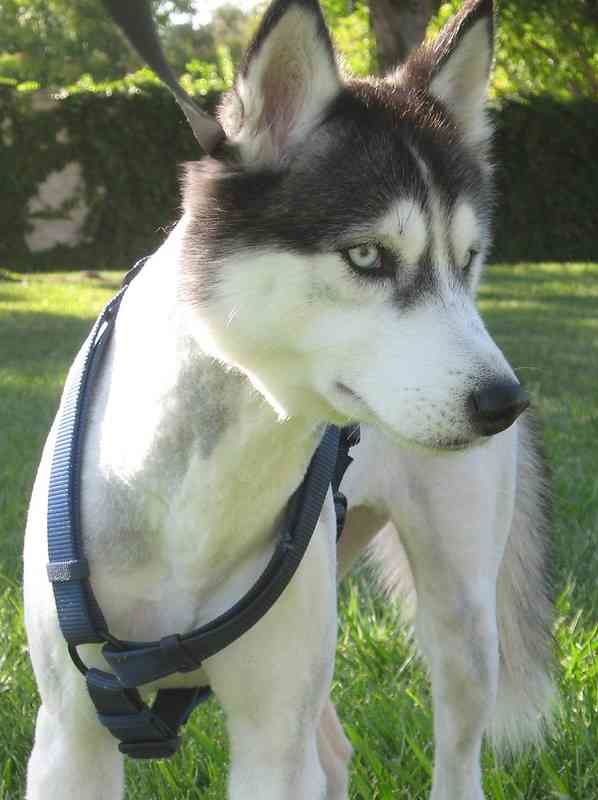 Husky before
Husky before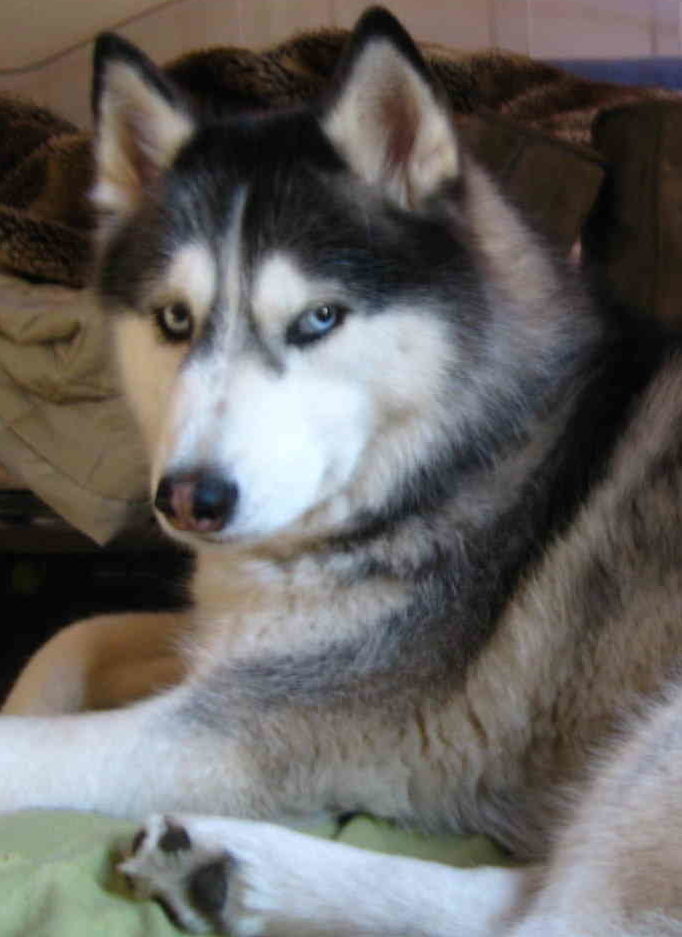 Husky after
Husky after
Other double coated breeds might be Old English Sheepdog, Bearded Collie, Newfoundland or Spitz (see more at the link below). I sometimes think that more people would keep these handsome dogs if they knew that they could clip them each summer.
Of course, vets know that areas they shave (e.g. for surgery) will regrow in time to become indistinguishable from the surrounding coat. Note that shaving in a dog sense means close clipping, not the use of a razor!
One potential downside of clipping a dog may be increasing the chance of sunburn. I haven’t seen it, but it could happen easily for the first few weeks after clipping if your dog is a sunbather. The same of course applies to the more commonly clipped breeds like poodles.
One last comment is that clipping is not an alternative to good coat care. All the other things that are required to keep your dog’s coat in good condition still need to be done.
Why Dogs Need Haircuts
There are at least five reasons why a dog may need their coat clipped off:
- To prevent or treat matting
- To maintain good skin hygiene
- For medical reasons
- Grass seed prevention
- For temperature control
The first four are obvious, but what about keeping cool? Believe it or not there’s even a myth about this.
You will hear otherwise sensible people tell you that a double coat helps keep a dog cool by insulating them. Once again, ridiculous. That might be true if dogs were lizards, but the constant production of heat by the body has to go somewhere.
You’ve only got to look at how much perkier a dog gets in an Australian summer after clipping. As I’ve said before, dogs can’t sweat and most aren’t bred for hot weather.
Not that I’m a clipping fanatic. If you can keep your dog cool through summer, I’m perfectly fine with a thick coat. But I see huge numbers of dogs that would be so much more comfortable, if only they could be shorn.
And by winter time, when they need it, their coat has grown back just fine.
